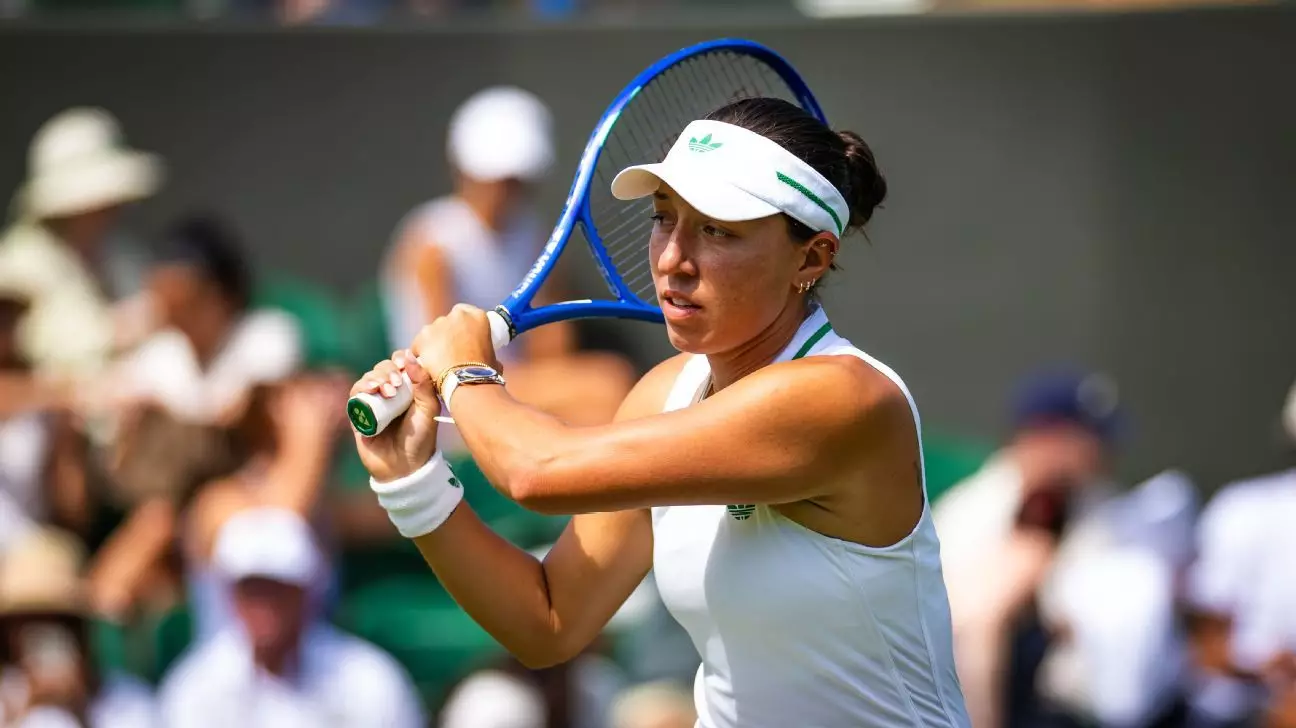The recent shake-up in the US Open mixed doubles event underscores a broader theme in competitive sports: resilience and adaptability. When seasoned partnerships falter or withdraw, it challenges the traditional narrative, pushing players to demonstrate versatility and spontaneity. Jessica Pegula’s and Jack Draper’s unexpected partnership symbolizes this shift—spotting opportunity amidst uncertainty. While these sudden changes might appear disjointed on the surface, they serve as a reminder that adaptability can lead to unforeseen success. It also raises questions about the structure of the tournament and whether a more flexible format might foster fresher, more dynamic competition.
The Power of Individual Skill in a Changing Field
What stands out in this development is the emphasis on individual prowess as a foundation for success, especially in a condensed two-day event. With top singles players filling most of the brackets—such as Iga Swiatek, Casper Ruud, and Novak Djokovic—the tournament underscores that singles dominance can translate into doubles success, provided players adapt their skills. Pegula, the previous women’s runner-up, teaming up with Draper points to a strategic blending of experience and youth. This makes one ponder whether doubles dynamics are shifting toward more tactical pairings driven by current singles rankings rather than long-standing partnerships. The outcome could reinvent how players approach doubles by prioritizing talent and versatility over established team chemistry.
Reshaping Traditions: A Bold Step Toward Modernization
The new two-day format, alongside the influx of high-profile singles players, signals a deliberate move toward modernization—arguably at the expense of tradition. Critics like Sara Errani, a seasoned champion, voiced dissatisfaction with this condensed structure, fearing it diminishes the event’s depth and strategic richness. Nonetheless, this evolution could steer the sport closer to mainstream appeal, drawing in broader audiences eager for high-stakes, star-studded matchups. The inclusion of prominent players like Venus Williams and Novak Djokovic, each with their unique stories and fanbases, injects fresh energy into the event. Whether this approach generates the desired excitement remains to be seen, but it undeniably reflects tennis’s willingness to innovate and adapt in an increasingly competitive sports entertainment landscape.
Implications for Future Tournaments and Player Strategy
The reshuffled landscape forces players to reconsider their strategies—not just for the current tournament but for the sport’s evolving nature. Success in such a format demands rapid chemistry-building, quick tactical adjustments, and mental resilience under compressed timelines. For top-ranked singles players, this is an opportunity to showcase all-around talent, blurring the lines between disciplines. Conversely, lower-ranked doubles specialists might view this as a chance to shine against high-profile opponents who might be less acclimated to doubles strategies. Ultimately, this format’s success could influence future tournaments’ structures, encouraging a trend where adaptability and star power often outweigh traditional team chemistry.
The mixed doubles event’s latest modifications challenge long-standing norms but also open doors to innovative forms of competition. While critics worry about diluting the event’s heritage, supporters argue that evolution is necessary for growth. Whether this experiment will lead to a more exciting, inclusive, and unpredictable tennis landscape remains to be seen, but one thing is clear: resilience and adaptability are proving to be the most valuable assets on the court today.


Leave a Reply